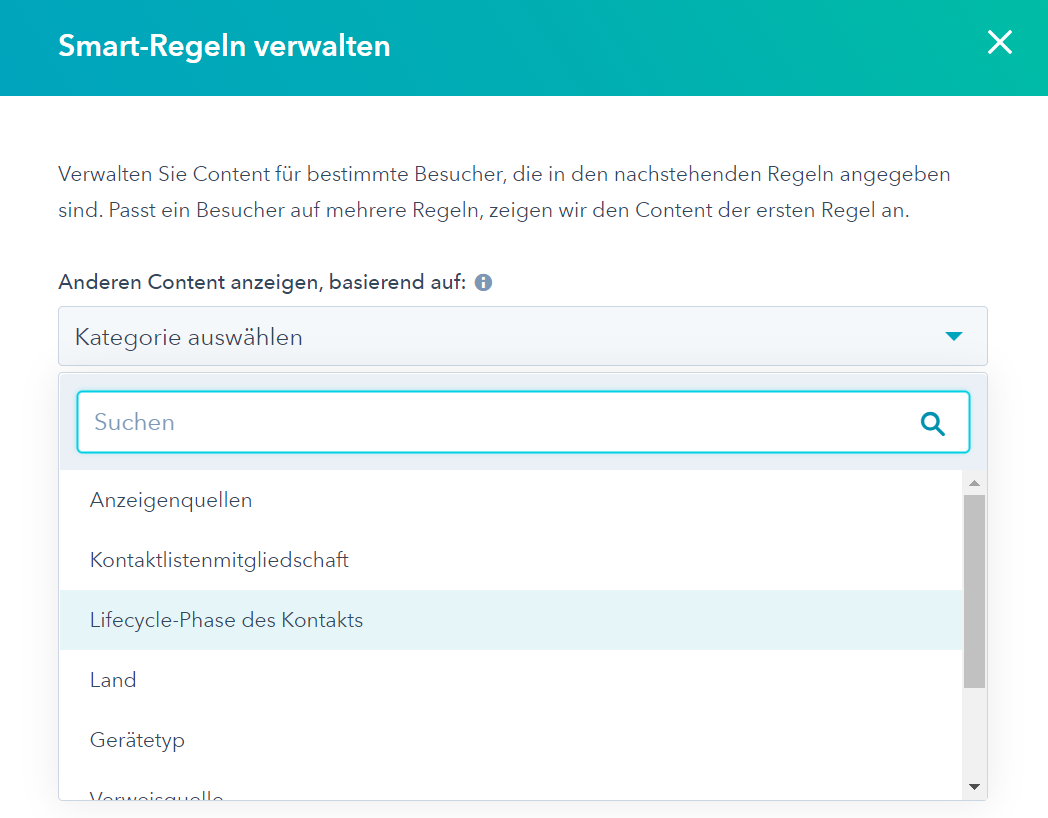Dynamic content is a part of a website that displays different things depending on the variable, such as user information or URL. Basically, you change something on your website based on a variable, whether it's a contact or a definition that you set up in the CMS.
This way you can customize your website with a lot less effort on your part as a website manager or marketing team. It reduces some of their work required to truly personalize your website.
By using dynamic content, a new visitor, a qualified lead, and a customer can see different information when they arrive on your home page.
Instead of having to create three different variations of this page, you can have a single page that adjusts the information displayed based on user data.
How dynamic content works in HubSpot
In HubSpot, there are two main ways to use dynamic content: HubDB tables and smart content.
The main advantage of dynamic content created through HubDb is that it is easier for marketers to create and maintain a large number of similar pages or modules. The main advantage of smart content is that it is easier to provide a personalized experience to visitors.
Intelligent Content (Smart Content)
Intelligent content uses information that a browser knows about the visitor to change what is displayed on a website. This can be information stored about a user in a CRM, or things like device type, geographic location, and referral source.
Intelligent content allows you to automatically show visitors the information that matters most to them.
With Smart Content, for example, you can customize the logos and testimonials used as trust marks based on the geographic location of the visitor.
This is very helpful for companies that have a global reach, and it might be more effective in showing users those companies they are likely to know.
Or if you are targeting your products or services regionally, you can make sure that only the products that apply to the visitor are displayed in your navigation so that they don't evaluate an offer that they can't buy.
You can also set up intelligent content based on lifecycle stage and past behavior to support customer care.
It's really good for areas where you offer an asset or something to download. You can set a rule to show the user a different asset instead if they have already downloaded it.
If you know which buyer persona a visitor belongs to, you can use intelligent content to prioritize offers to them that are more relevant to their current challenges.
HubDB
HubDB is a relational database that makes it more efficient to create and manage structured content such as product lists, team biographies, and resource libraries. HubDB tables provide the variables that determine what dynamic content is displayed.
Take product lists, for example. A company might have hundreds of products on their website for visitors to browse through, and these individual product pages would all contain the same fields. Instead of creating hundreds of web pages in your CMS, you can have just one HubDB table with one column for each required field.
HubDB Dynamic Product Page Creation
This eliminates the need for them to create a separate page for each one of these product pages. If they ever need to update or change the details for any of these product pages, they
do it in one place.
While on the backend all these pages are just rows in a table, on the frontend they are fully realized web pages that can be optimized for search and have unique URLs so you can send visitors to a specific product page instead of a product directory.
Conclusion
The benefits of dynamic content are almost limitless, but ultimately it's about making it easier for marketers to create the best user experience for their website visitors.
Using dynamic content for personalization automatically displays contextual information to visitors, whether it's varying CTAs for customers and prospects, changing trust marks depending on the ICP, or making sure a visitor doesn't see content offers they've already engaged with.
While this can be extremely beneficial to your lead-nurturing strategy, it still requires time and resources for initial setup, so you should focus on high-impact areas.
Dynamic content created through HubDb reduces the amount of time a marketer must spend creating similarly structured pages.
"Using dynamic content with HubDb makes sense primarily if you want easy updating in one place, spread throughout the site. So it's more about considering how best to use your time maintaining and updating
the site to see if dynamic content is appropriate for a particular type of page or area of the site.
Using dynamic content in this way makes it easier to update these pages and sections of the site in the future. So if a marketer wants to add additional filtering capabilities, they can do so without spending a lot of time.
Without this setup, the work required to manually change the tagging system on over 50 pages could prevent the sorting function from being updated to better serve visitors.



